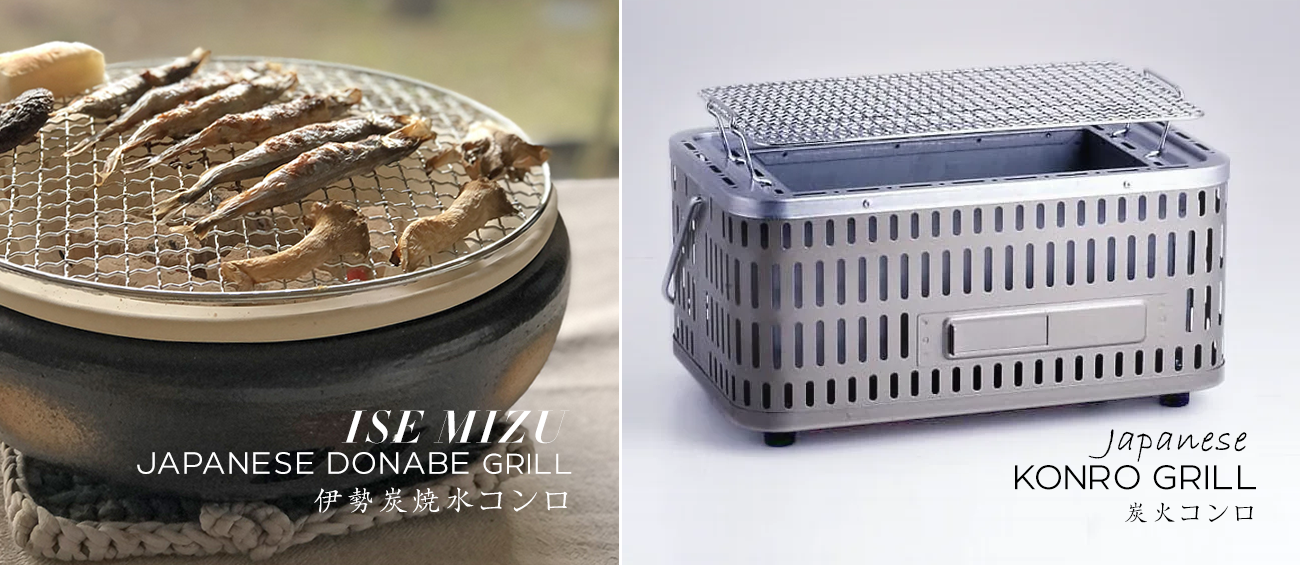

Why not call Japanese BBQ grills hibachi grills?
This is a short, interesting article. On cooking shows, such as Masterchef, people call the traditional Japanese barbeque grill a hibachi grill. In fact, many call Japanese grills hibachi grills.
Do a Google search on hibachi grill in Japanese
Do a Google search of the Japanese word hibachi at Google.jp. The following images will appear. In Japan, hibachis are not really used for grilling. A hibachi is a small indoor heater. There are no "hibachi grills" in Japan.

Grilling would damage hibachi
Some hibachis are handed down from generation to generation. Hibachi cannot be used for grilling or it would damage the precious hibachi with stains.
The Japanese traditionally put a small tea kettle or tea pot on the hibachi. However, there is no grill on the hibachi. Grilling would make the hibachi dirty.
Where does the name "hibachi grill" come from? We probably don't know. Hibachi became a rare term in Japan as families now use electric or gas heaters.
See the package: no hibachi grill
Take a look at the package of the popular Okunoto Japanese BBQ grills. You'll see 炭火バーベキューコンロ. This translates as "charcoal barbecue konro." In Japanese, konro means stove. A gas stove is called a gas konro. A barbecue stove is called a barbeque konro.
This is why our Japanese grills are known as konro grills, not hibachi grills.
Our product titles and descriptions will include hibachi grill just in case customers get confused by different names. We hope this article is helpful.

- The article was written by Kai, a product specialist at My Cookware®.
COPYRIGHT WARNING: Content theft of any kind is immediately reported to Google, which results in ranking penalties. Original texts can be verified in internet archives. My Cookware Australia® holds the copyrights for all the content on this site, including articles, product descriptions, and user guides.







